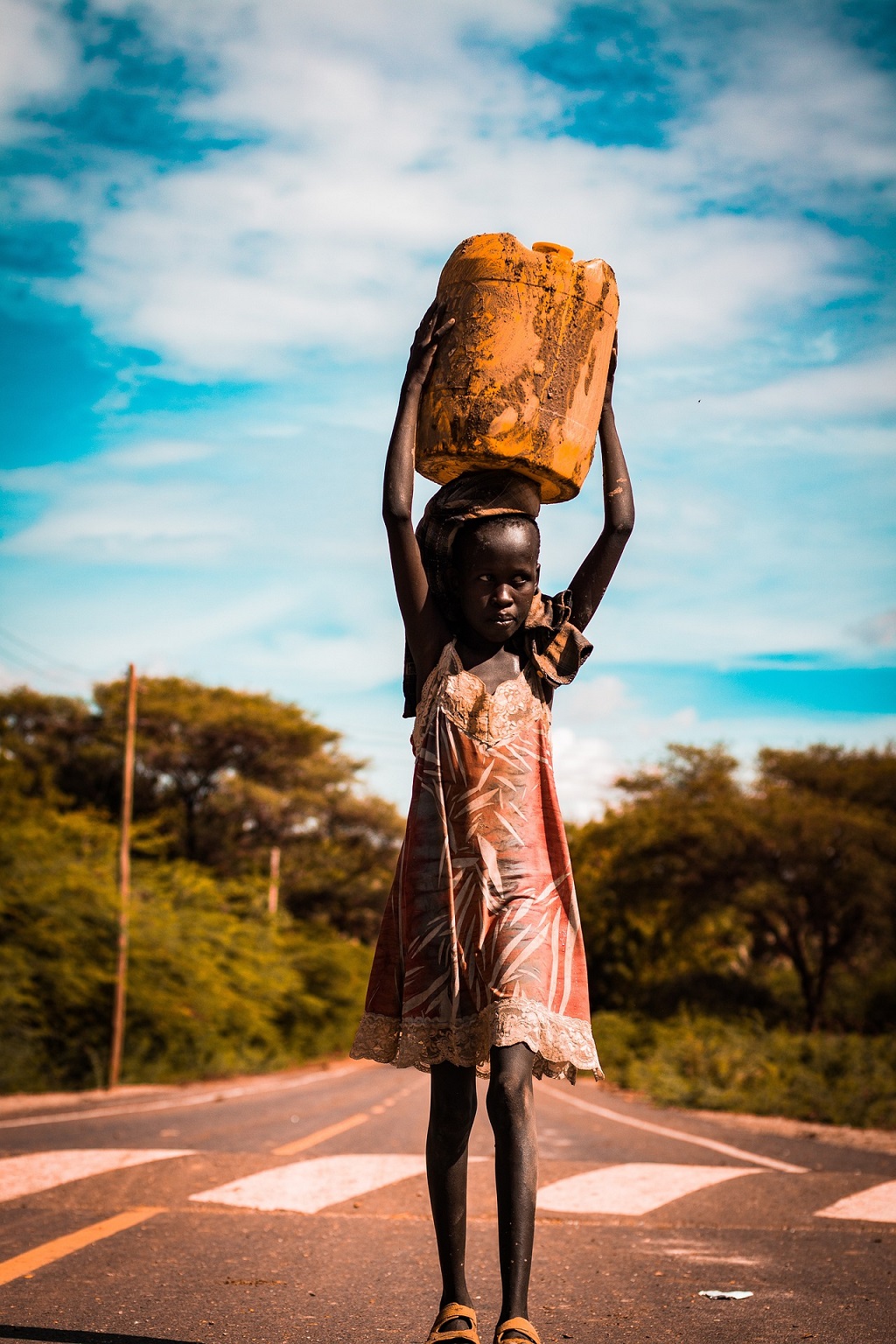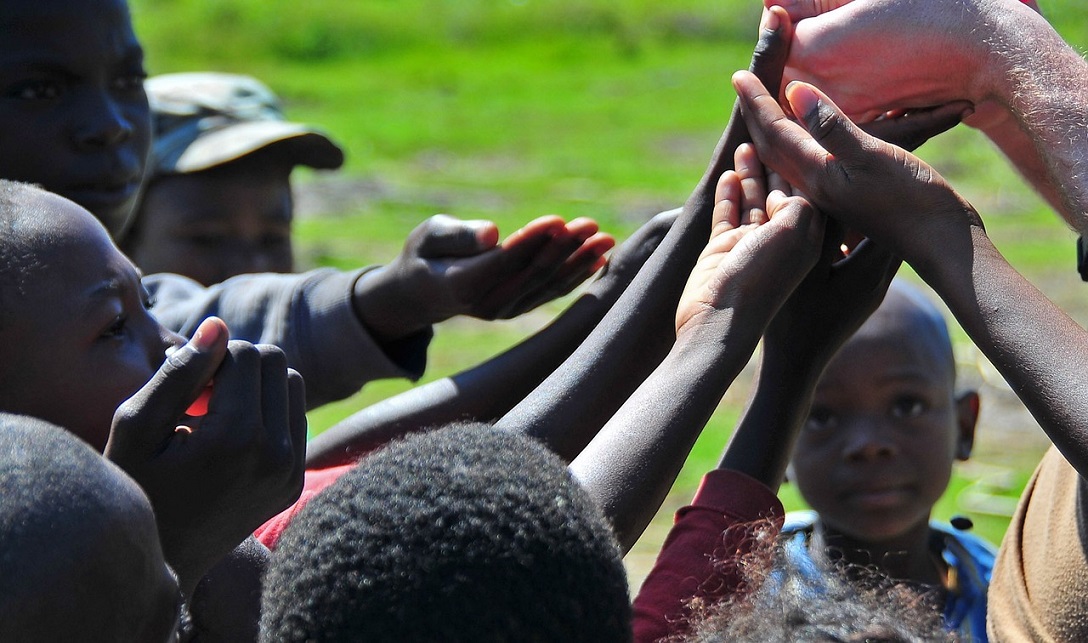In the Latin America and the Caribbean region, healthy eating costs more than anywhere else on the planet.
 Sergio Ferrari
Sergio Ferrari
Between 2020 and 2021, the cost of eating a healthy diet in the region increased by 5.3 per cent due to food inflation driven by the pandemic lockdown, global supply chain disruption and human resource shortages. More than 133 million people could not afford to eat healthily – up by more than 11 million from 2020.
The healthy diet indicator represents the purchase price of the least-expensive locally available food needed to cover 2,300 calories per day. In the region, this diet currently costs an average of US$4.08 per person per day.
The report Latin America and the Caribbean – Regional Overview of Food Security and Nutrition 2023 states that the region is facing a complex scenario as a result of successive crises: the Covid-19 pandemic, persistent inequalities, poverty levels, the climate crisis and the effects of the Russia-Ukraine conflict. These factors have contributed to rising food prices and food inflation and consequently threatened the functioning, efficiency and resilience of agri-food systems.
In this context, the report concludes that hunger and malnutrition remain among the main challenges facing the region, and neither Latin America nor the Caribbean are on track to meet the World Health Assembly’s targets on hunger, food insecurity and malnutrition.
“Latin America and the Caribbean,” notes the report, “faces a complex malnutrition problem that includes undernutrition (child stunting and wasting, and vitamin and mineral deficiencies), as well as overweight and obesity”.
 This clear from the increased prevalence of overweight in children under 5 years of age in the region between 2000 and 2022, and the increased prevalence of obesity in adults between 2000 and 2016.
This clear from the increased prevalence of overweight in children under 5 years of age in the region between 2000 and 2022, and the increased prevalence of obesity in adults between 2000 and 2016.
The prevalence of both conditions is higher than the global estimate, and some countries still have a high prevalence of stunting among children under 5.
According to the United Nations, the region’s food production capacity is (and will continue to be) an essential pillar, including for contributing to global food security. Access to nutritious food must therefore be improved and the gap between countries closed, with a special focus on the most vulnerable groups. It concludes that, in the current context, we must move towards transforming agri-food systems, alongside health and social protection systems strengthening, using comprehensive actions and systemic and multi-sectoral approaches.
 Many regional institutions and agencies have joined forces to achieve food security and improve nutrition. The report highlights the joint work of several specialised agencies that monitor the United Nations Food Systems Summit proposals; the process of updating the Community of Latin American and Caribbean States (CELAC) Plan for Food and Nutrition Security and the Eradication of Hunger 2024-2030; and the work of the Parliamentary Front Against Hunger in Latin America and the Caribbean, among others. Despite the worrying figures, the United Nations agencies’ suggestions in the report are superficial, general and do not incorporate the reflections and alternative proposals of the continent’s main peasant movements.
Many regional institutions and agencies have joined forces to achieve food security and improve nutrition. The report highlights the joint work of several specialised agencies that monitor the United Nations Food Systems Summit proposals; the process of updating the Community of Latin American and Caribbean States (CELAC) Plan for Food and Nutrition Security and the Eradication of Hunger 2024-2030; and the work of the Parliamentary Front Against Hunger in Latin America and the Caribbean, among others. Despite the worrying figures, the United Nations agencies’ suggestions in the report are superficial, general and do not incorporate the reflections and alternative proposals of the continent’s main peasant movements.
On International Day last October, La Via Campesina – the world’s largest rural organisation with a strong presence in Latin America and the Caribbean – presented its own diagnosis of the world food situation.
(Translared by Rebecca Ndhlovu) – Photos:Pixabay












.jpg)












